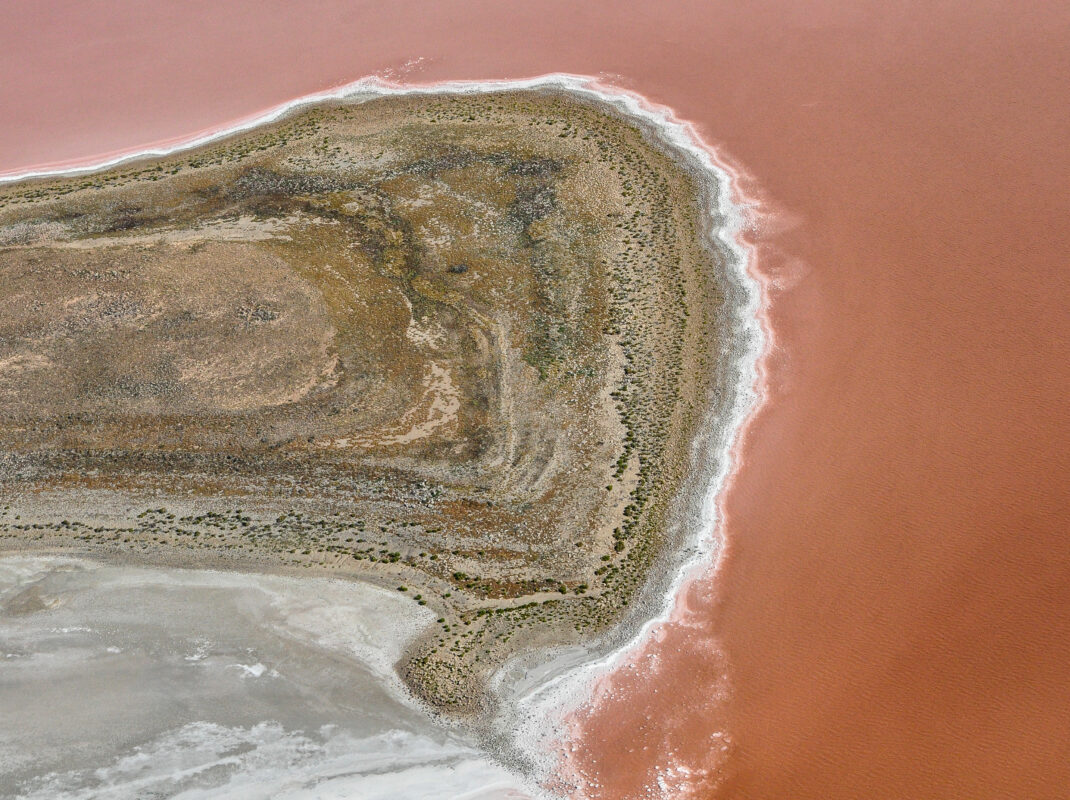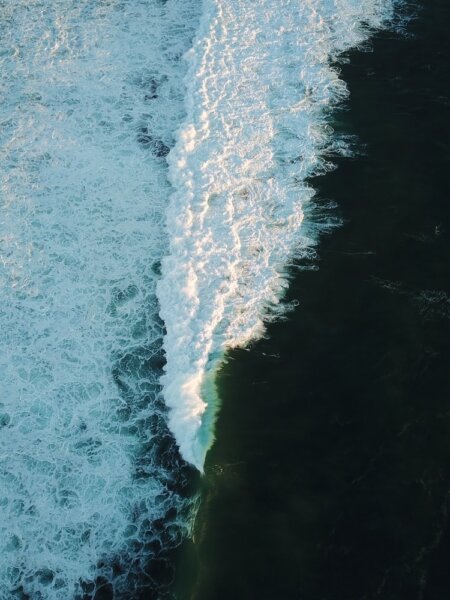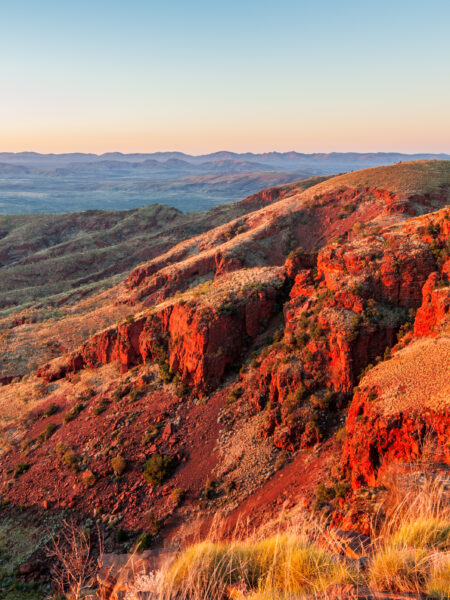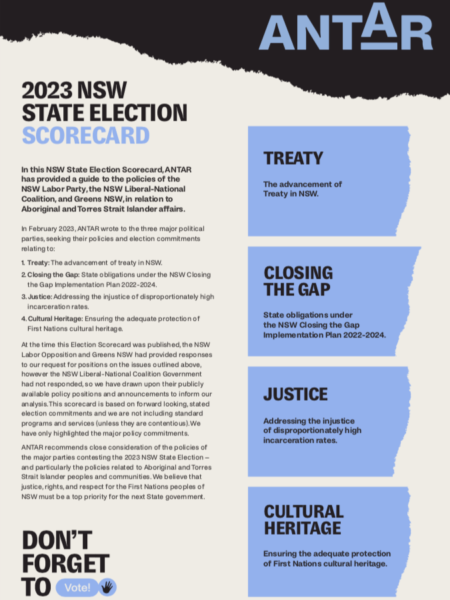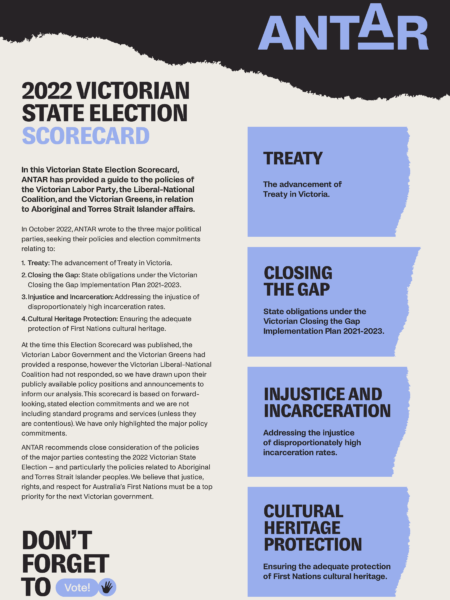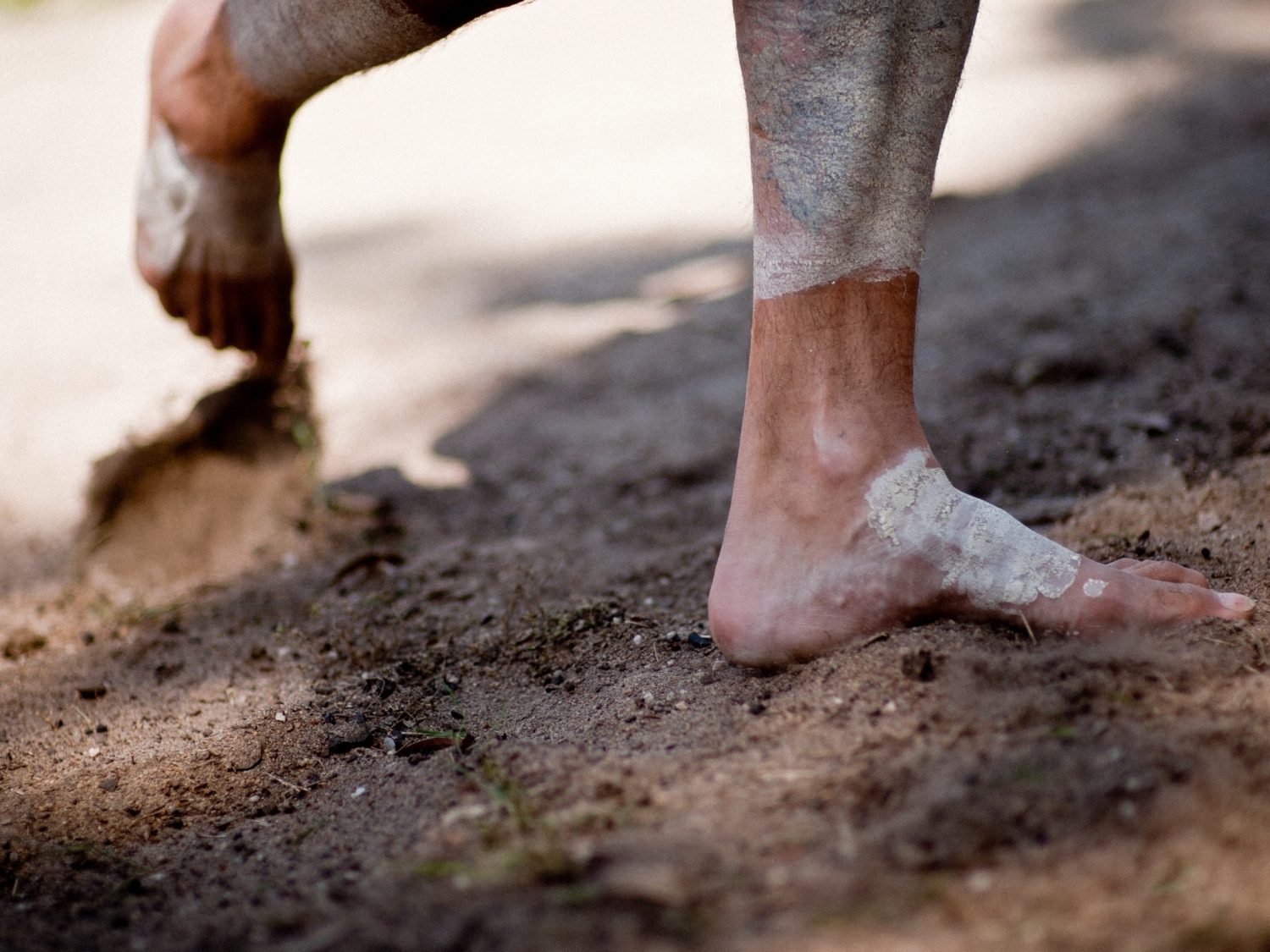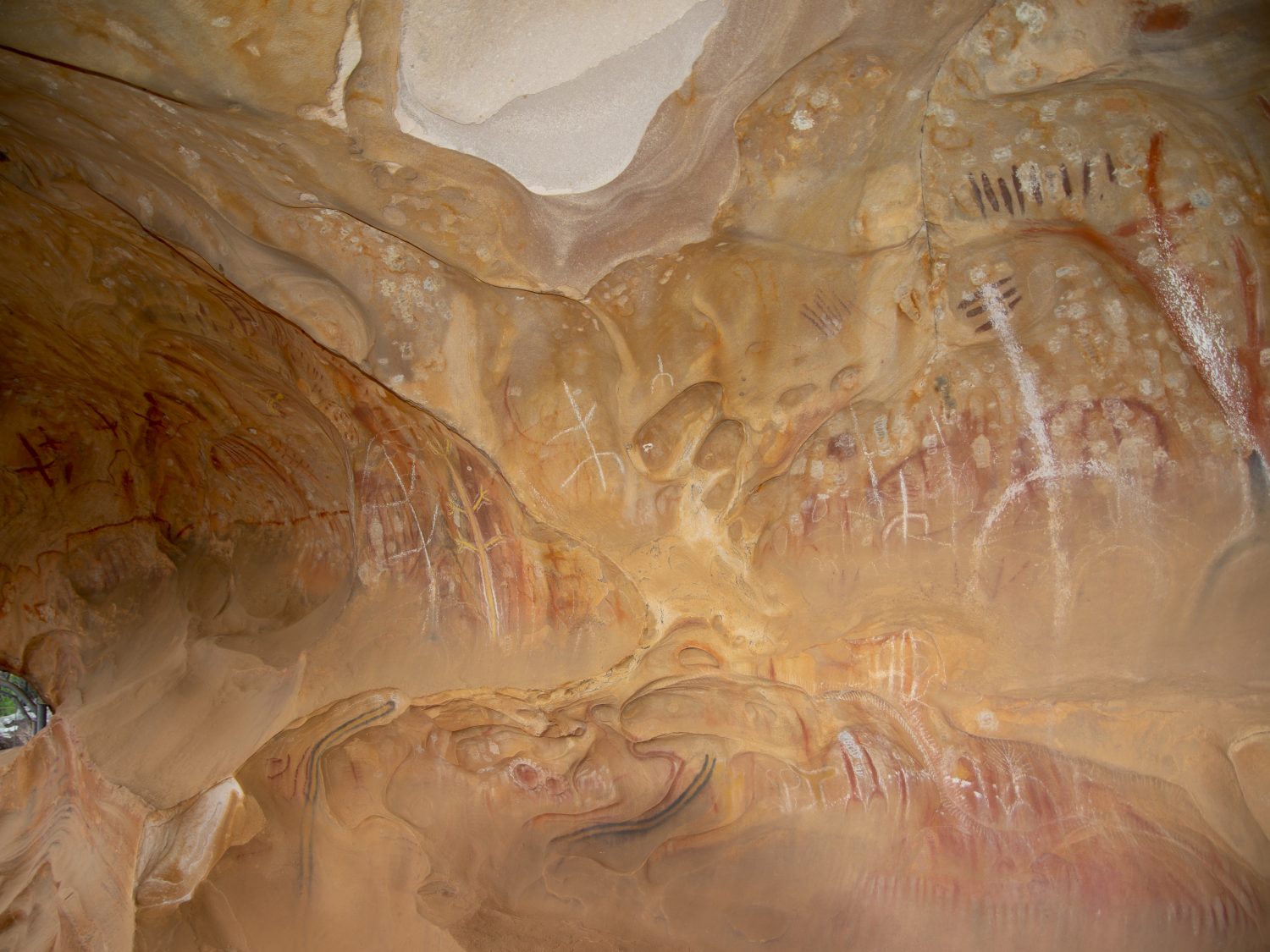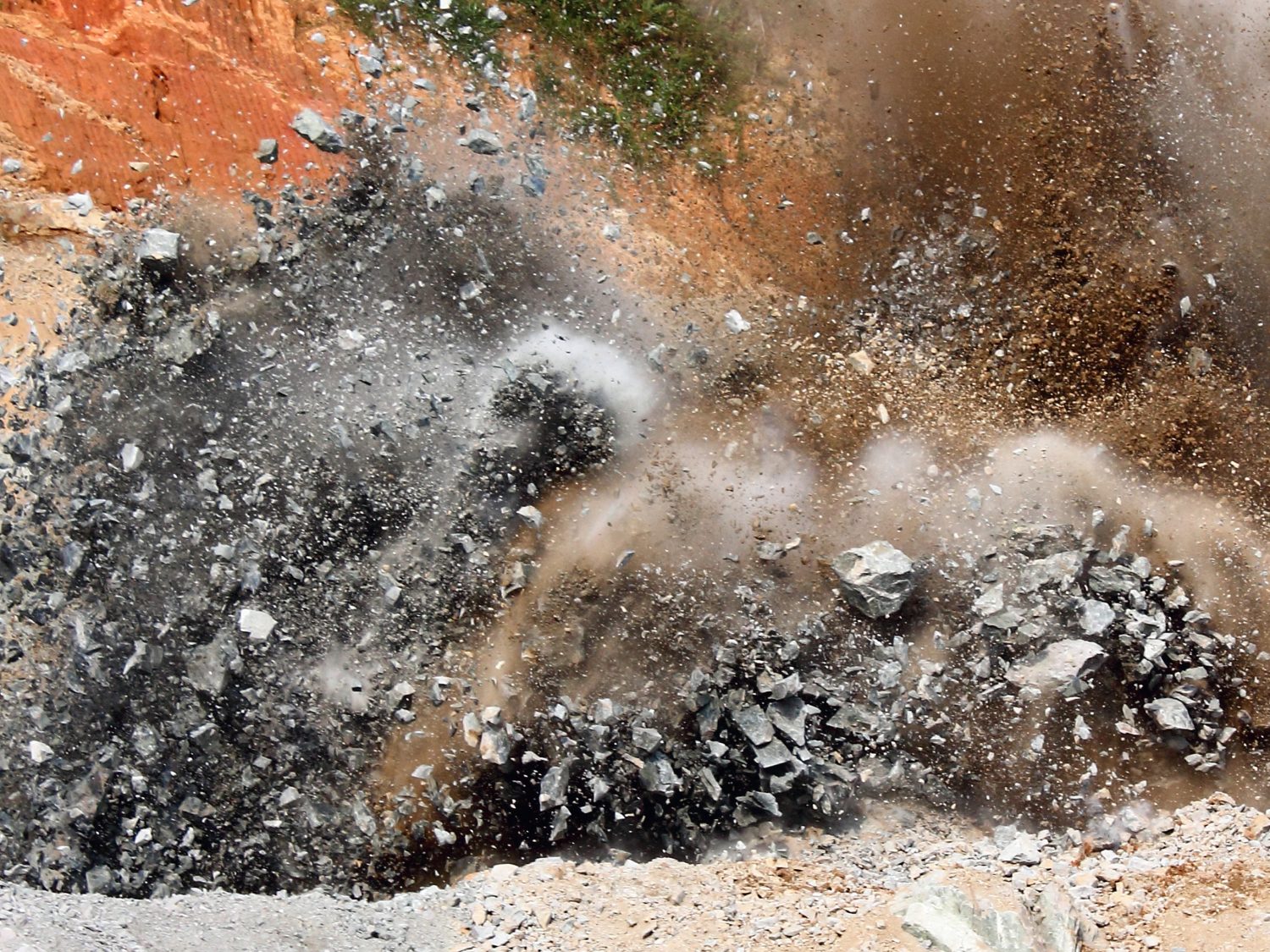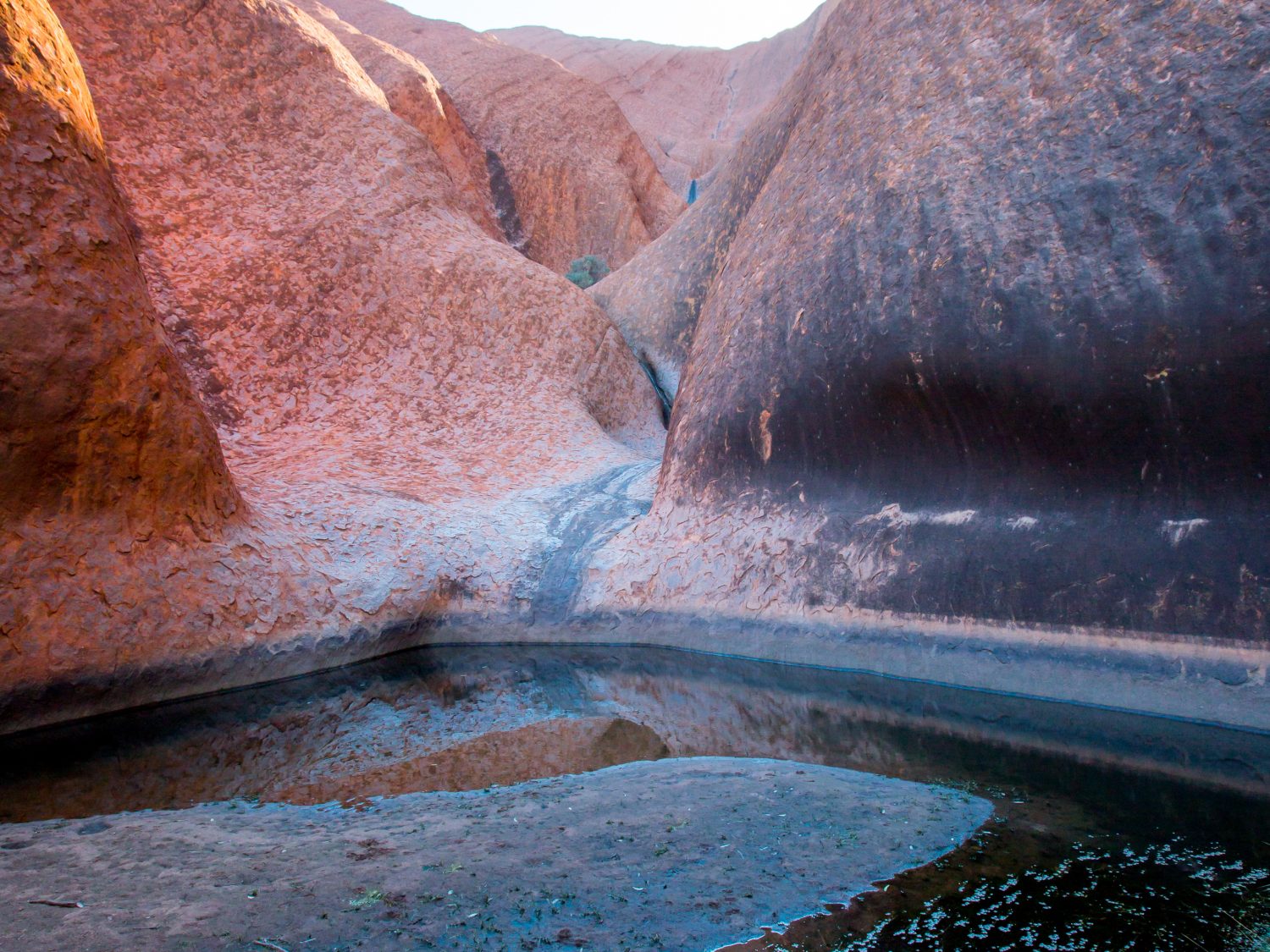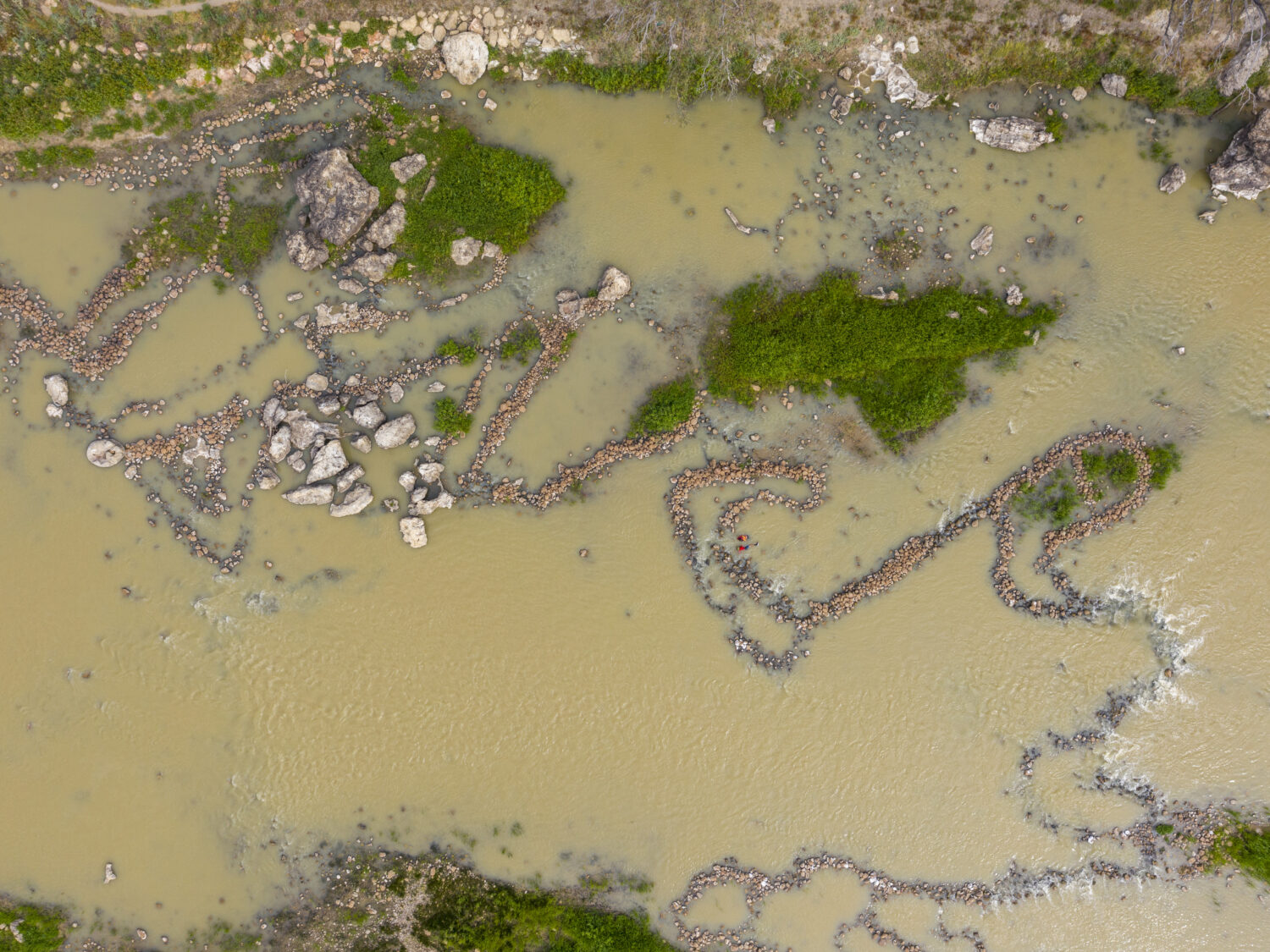Sixty-two percent of all Artesian basin flows rise from the SA mound springs. Not unsurprisingly this region is archaeologically rich and contains some of the most significant archaeological sites in Australia, with current evidence suggesting Aboriginal people have been present in South Australia for at least 45,000 years. The first modern archaeological dig in Australia occurred in SA in the lower reaches of the Murray River. It was one of the most densely populated regions of the country when Europeans arrived.
BACKGROUND
At the time of planning the new South Australia colony (circa 1835), British authorities were beginning to pay attention to the rights of First Nations peoples due to the influence of anti-slavery campaigners. In July 1835, the Colonisation Commissioners were informed that His Majesty had no intention to sanction, ‘any act of injustice toward the aboriginal natives of that part of the Globe’. Subsequently efforts to have the colony’s Foundation Act amended to reflect these sentiments failed. To this day there is still legal wrangling over the Letters Patent, a regulatory document, issued prior to settlement. This document promised protection to the Aboriginal people’s, ‘actual occupation and enjoyment’ of their land, with the commissioners undertaking to negotiate for land and compensate those who ceded their land. While these promises were not upheld, in 1840 Governor Gawler argued that reserved land should be held in trust for the original inhabitants till such time as they would use the lands in a European manner.
Over one hundred years later, South Australia took a national lead in land rights legislation with the Aboriginal Land Rights Act 1966 that consolidated all existing Aboriginal reserve lands under control of a board that included Aboriginal representatives.
Timeline
- 1966: SA Aboriginal Lands Trust Act (ALT) The SA government legally grants an area of land in perpetuity to a community of Aboriginal people.
- 1981: Anangu Pitjantjatjara Yankunytjatjara Land Rights Act (APY lands) acknowledges APY ownership of the land and establishes the APY Council as a body corporate, able to administer and manage its lands with disputes resolved by an independent arbiter.
- 1982: Roxby Downs Indenture Ratification (SA). Legal privileges that took precedence over other state laws and due processes were given to mining giant BHP, as was primary access to the waters of the great Artesian Basin.
- 1984: Maralinga Tjarutja Land Rights Act secures freehold title and the right to developmental funds from State and Federal governments for the Maralinga Tjarutja peoples who share cultural affinities with the APY lands and the Pila Nguru peoples. Maralinga is synonymous with the 1950s British nuclear testing in these lands and the dispossession of the local people. Maraglinga Tjarutja 2020 tells the remarkable story of the people’s tenacious spirit and cultural strength in the restoration of and return to their homelands since the mid-1980s.
- 1988: Aboriginal Heritage Act (SA) is the first major standalone legislation guiding protection and management of heritage throughout the state. This Act does provide for some decision-making powers for Traditional Owners (TO) in determining the value and sanctity of an area or artefact. The Act encourages consultation with TO’s before an area is disturbed but there is no right to review Ministerial decisions.
- 2003: Aboriginal Lands Parliamentary Standing Committee Act (SA) is enacted to provide for ongoing inquiry and review of the management and control of all lands under the 1966 Lands Trust Acts in particular the APY Lands and the Maralinga Tjarutja.
- 2004: SA Government hands back title of a region known as Mamungari Conservation Park to the Maralinga Tjarutja Council. This region is one of fourteen (14) UNESCO World biosphere Reserves in Australia.
- 2013: Aboriginal Lands Trust Act Amendment (ALT) addresses the numerous challenges – social, economic, cultural – that have occurred over the fifty years of its operation.This legislation also addresses the complexities of relationships between the ALT covered lands and Native Title. The future focus of the Corporations and the SA government is to develop economic independence.
- 2021: The Aboriginal Lands Parliamentary Standing Committee opens a wide ranging inquiry into Aboriginal heritage policies and standards in SA.
What’s happening now?
As with most other jurisdictions, SA should embrace the principles recommended in the seminal response to the Juukan Gorge Destruction, A Way Forward Report. It is critical that First Nations groups have a seat at the table of any negotiations about land tenure or heritage protection regimes. Also, as with most jurisdictions, resolutions need to be found for the increasing number of overlapping claims of First Nations groups who may have had tenure under SA’s original Aboriginal Lands Trust Act but are now seeking Native Title determinations.
Watch the story of survival and revival of culture in Maraglinga Tjarutja 2020 and ‘visit’ the Gallery of the APY Art Centre Collective.
Sites of Concern
Woomera Prohibited Area
Currently, there are threats to registered cultural heritage sites within missile range of the Australian Defence Force missile training area of the Woomera Prohibited Area. In January 2021, a group of Kokotha traditional owners conducting heritage site inspections discovered an unexploded high tech missile. In September 2021, two Respected Senior Lore men from SA’s Western Desert region filed a landmark complaint with the OECD about the corporate practices of the missile manufacturers. The Wire’s thorough analysis of SA government and Australia’s Defence Force actions, revealed a culture of impunity and serious conflicts of interest in regards to Kokotha peoples rights.
This Western Desert cultural heritage area contains:
evidence of sequential spiritual engagement, spanning centuries {more than 11,000 years} in rock engravings, heritage artefacts, tool-making sites, and also sites of mythological importance for Indigenous people.
The Case is ongoing.
Lake Torrens – good news story!
In February 2020, an Australian mineral exploration and development company (pp 7& following) was granted authorisation to pursue ‘highly prospective’ copper and zinc exploration licences on the surface of Lake Torrens. One year later the Premier, as Minister for Aboriginal Affairs, approved exploratory drilling rights. This ministerial authorisation disregarded significant advice from his own department not to proceed. It also disregarded opposition from four First Nations groups – the Kokatha, Barngarla, Adnyamathanha and Kuyani people – who all have storylines connected to Lake Torrens.
As Kuyani woman Regina McKenzie says of the site:
There was no consultation with Kuyani people, there were no assessments done on our tangible and intangible aspects of the lake … Our rights are always trampled on, our rights are always looked at in a negative way…
When they do find the ore bodies they’re looking for, they’re then going to say to us ‘for the good of the state, we’re going to do mining.
This case makes a mockery of the law when full ministerial discretion can so easily override many layers of objections. In January 2021 the Barngarla Corporation submitted an application for a judicial review of the Premier’s decision. In August 2022 the state’s Supreme Court announced it will block drilling on the sacred site of Lake Torrens.
The Sacred Mound Springs of the Arabana people
There are two stories to tell of the Sacred Mound Springs of the region around Kati Thanda- (Lake Eyre) in far northern South Australia. Described by early European settlers as mound springs, these physical features of the landscape are the natural outlets for the pressurised ground water of the 1.76 million square million kilometres of the Great Artesian Basin, one of the largest of its kind in the world.
One story tells of the thousands of years the Arabana people have lived around a supply of potable water that ‘provided the environmental basis for a rich and multi-layered transport and communication corridor through otherwise inhospitable desert country’. The region is rich in songline history and archaeological evidence indicates it was a centre of interconnected trade routes that crisscrossed the nation.
One spring site, the Finniss Springs Mission, located in the centre of Arabana land was crucial in enabling the people to survive the dispossession era from the late 19th Century to the mid 20th Century. In 2012, after 14 years of negotiations, the Arabana people won Native Title over a significant area between Lake Torrens, Coober Pedy and Oodnadatta.
The Arabana Rangers Healthy Country Plan speaks to a vision of:
…knowledge keepers and our protectors of Country, language, culture and story working together, and with new beginnings connect our children and grandchildren to our sands.
The other story is much shorter and concerns the extraction of water from the Great Artesian Basin which covers parts of SA, NT, QLD and NSW. Water extraction which began in the late 19th century has increased significantly since the mid 20th century onset of large scale mining exploration. Colin Harris’ paper Culture and Geography reports some of the positive measures taken since the 1980s on conservation and management of water drawdown. However, the last twenty years have seen springs disappearing due to industries such as mining, pastoralists and petrochemical companies. The special legislation of 1982, Roxby Downs Indenture Ratification (created to fast-track and protect the establishment and operation of the Olympic Dam copper and uranium mine) is still in place. The Arabana people fear more springs will disappear with significant reduction to their vitality and ecological viability. The uncertainty of future water reliability is exacerbated by the proposal of BHP’s mega Olympic Dam project.
Kimba
Kimba reached national headlines in November 2021 as the site selected for Australia’s proposed purpose built facility for nuclear waste management. The announcement brought a six year negotiation to a conclusion. Kimba is a small township in the Upper Eyre Peninsula region of SA. For over 40 years, successive Australian governments have attempted to identify such a site, along the way enacting the National Radioactive Waste Management Act (2012) and developing guidelines to address the key issues of safety, cultural heritage, environment, social and economic impact, facility land requirements and consultation. The Federal government claims to have acted within the guidelines throughout the site selection process.
Since Kimba was first proposed as a potential site, the Barngarla People who hold Native Title rights over the ‘determined area’ of the site have opposed it. They were excluded from community voting because eligibility criteria for the local government electoral roll meant that Native Title holders were excluded from the ballot. In late 2021, the Barngarla Corporation launched legal action to block the decision.
There is no decision from the Courts to date. An informative and detailed account of this dispute can be read here.
Take Action
Listen / Watch / Sign petitions / Write letters to MP’s as guided.
Write to the Premier, local MP’s (state and federal) or other relevant ministers. Urge them to proceed with the The Aboriginal Lands Parliamentary Standing Committee begun in 2021.
